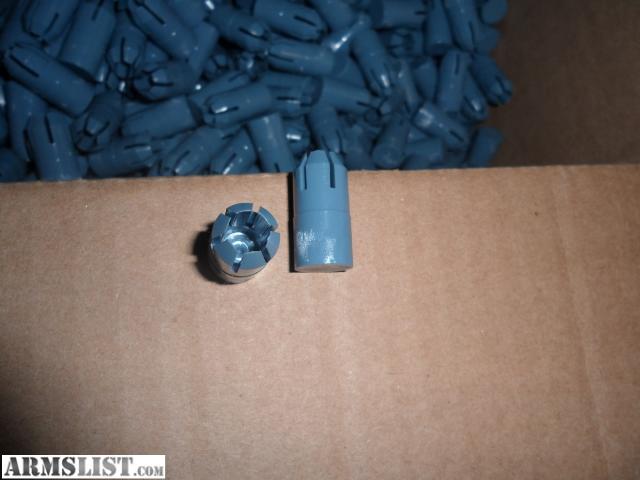

īritish soldiers manning a 76.2 mm Ordnance QF 17-pounder anti-tank gun during World War II. APDS rounds remain in use for small or medium calibres, such as in saboted light armour penetrator (SLAP) ammunition. ĪPDS-rounds were commonly used in large calibre tank guns up until the early 1980s, but have since been superseded by armour-piercing fin-stabilized discarding sabot (APFSDS) projectiles, which use fin-stabilization and can be fired from smoothbore guns. To further enhance their armour-penetration capabilities, APDS rounds typically feature a hardened core made from tungsten or another hard, dense material.įor a given calibre, APDS ammunition can effectively double the armour penetration of a gun when compared to full-calibre rounds such as AP, Armour-piercing Capped (APC), and Armour piercing Capped Ballistic Cap (APCBC) projectiles. The combination of a lighter sub-calibre projectile with a full-calibre propellant charge allows for an increase in muzzle velocity compared to full-calibre rounds, giving the round increased armour-penetration performance. Each projectile consists of a sub-calibre round fitted with a sabot.

Left object shows the projectile with sabot, central object shows projectile without sabot and the right object is the projectile's tungsten-core.Īrmour-piercing discarding sabot (APDS) is a type of spin-stabilized kinetic energy projectile for anti-armour warfare. Swedish "37/24 mm slpprj m/49" APDS projectile for the Bofors 37 mm anti-tank gun from 1949.ģ7/24 indicates full-calibre with sabot and sub-calibre without sabot - 37 / 24 mm (1.46 / 0.945 in).


 0 kommentar(er)
0 kommentar(er)
